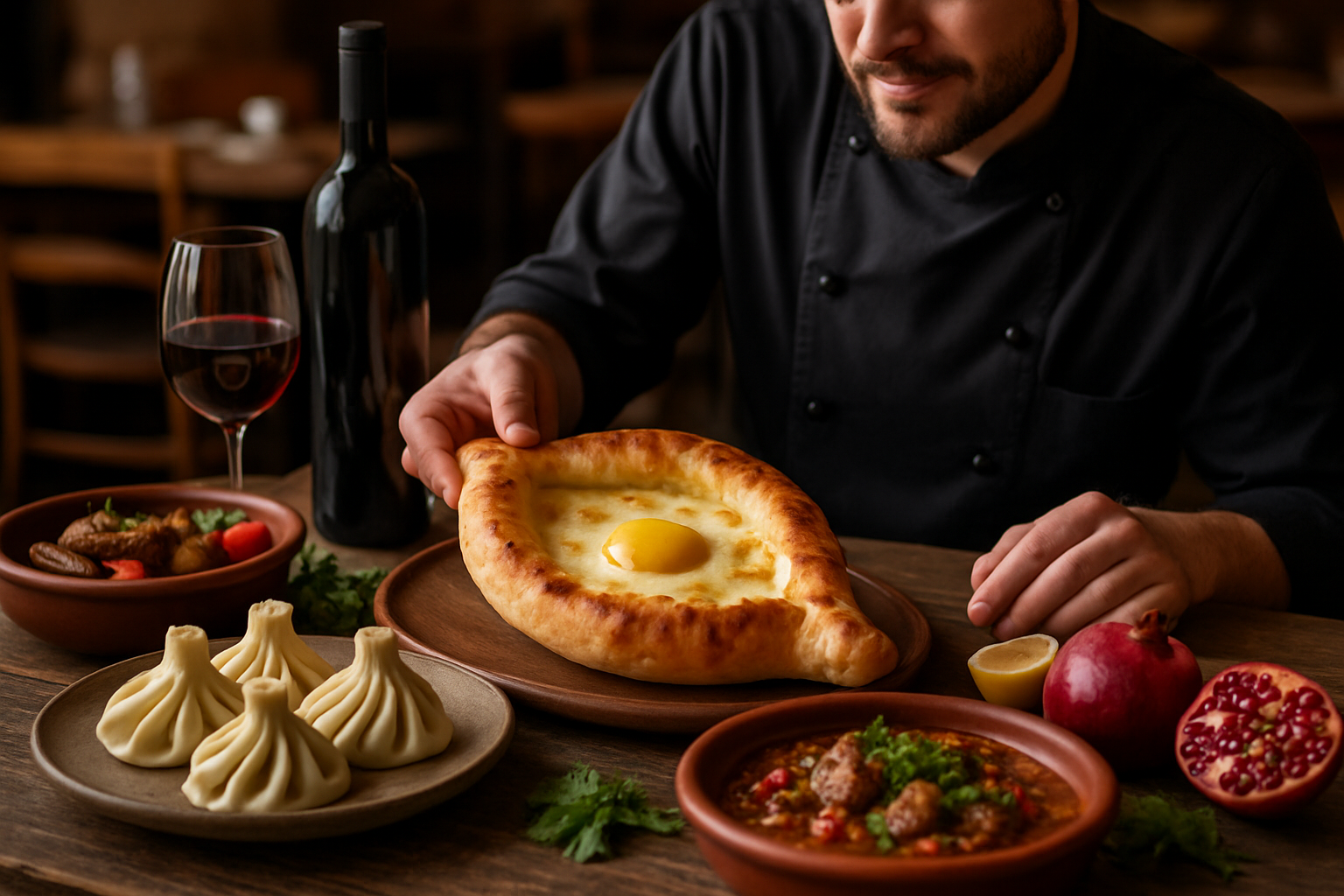Culinary Cinema: A Feast for the Senses
The tantalising intersection of food and film has given rise to a delectable new genre: culinary cinema. This gastronomic revolution on the silver screen is captivating audiences worldwide, serving up a smorgasbord of visual delights and stirring narratives that explore the intricate relationship between cuisine, culture, and human emotion. As filmmakers increasingly turn their lenses towards the kitchen, viewers find themselves transported into a world where food becomes the star, and every frame is a feast for the eyes and soul.

The 1987 Danish film Babette’s Feast is often credited as a pivotal moment in culinary cinema. This Oscar-winning masterpiece showcased the transformative power of food, using a lavish French meal as a metaphor for artistic creation and spiritual awakening. It paved the way for a new wave of films that placed culinary experiences at the heart of their narratives.
A Global Phenomenon
As the genre has evolved, culinary cinema has become a truly global phenomenon, reflecting diverse cultural perspectives and culinary traditions. Japanese films like Tampopo (1985) and Jiro Dreams of Sushi (2011) offer meditative explorations of food craftsmanship and dedication. In contrast, Hollywood productions such as Julie & Julia (2009) and Chef (2014) blend food with personal journeys of self-discovery and redemption.
European contributions to the genre often focus on the sensual and emotional aspects of food. The Italian film I Am Love (2009) uses cuisine as a metaphor for forbidden desire, while the French comedy-drama Haute Cuisine (2012) delves into the political intricacies of cooking for a head of state.
The Art of Food Styling for Film
One of the most crucial aspects of culinary cinema is the art of food styling. This behind-the-scenes craft has evolved into a highly specialised field, with food stylists working tirelessly to ensure that every dish looks mouthwatering on camera. The challenge lies in creating visually stunning food that can withstand the harsh lighting and multiple takes of a film set.
Food stylists employ a variety of tricks to make dishes camera-ready. These can include using motor oil instead of syrup for pancakes, creating fake ice cream that won’t melt under hot lights, or carefully arranging each grain of rice for the perfect sushi shot. The goal is to create food that looks not just edible, but irresistible, capturing the essence of culinary desire that is so central to the genre.
Beyond Entertainment: Cultural Impact and Social Commentary
Culinary cinema has proven to be more than just entertainment; it has become a powerful medium for cultural exchange and social commentary. Films like Eat Drink Man Woman (1994) and The Lunchbox (2013) use food as a lens through which to explore family dynamics, tradition, and social change. Meanwhile, documentaries such as Food, Inc. (2008) and Super Size Me (2004) have sparked important conversations about food production, nutrition, and corporate responsibility.
The genre has also played a significant role in promoting culinary tourism and influencing food trends. Viewers inspired by the dishes they see on screen often seek out similar experiences in their own lives, leading to increased interest in specific cuisines or cooking techniques. This phenomenon has been particularly notable in the wake of films like Sideways (2004), which boosted sales of Pinot Noir wine, and Ratatouille (2007), which renewed interest in French cuisine.
The Future of Culinary Cinema
As technology continues to advance, the future of culinary cinema looks increasingly immersive and interactive. Virtual reality experiences are beginning to emerge, allowing viewers to step into the kitchens and dining rooms of their favourite culinary films. Additionally, the rise of streaming platforms has led to an explosion of food-related content, from high-production value series to more intimate, creator-driven shows.
The genre is also expanding to address contemporary issues such as sustainability, food justice, and the impact of climate change on global cuisines. As audiences become more conscious of the environmental and ethical implications of their food choices, culinary cinema is poised to play an important role in educating and inspiring viewers to engage with these crucial topics.
In conclusion, culinary cinema has emerged as a rich and multifaceted genre that satisfies our hunger for compelling stories while celebrating the universal language of food. As it continues to evolve, it promises to offer ever more delicious and thought-provoking fare for audiences around the world, proving that in the realm of cinema, we truly are what we eat.




